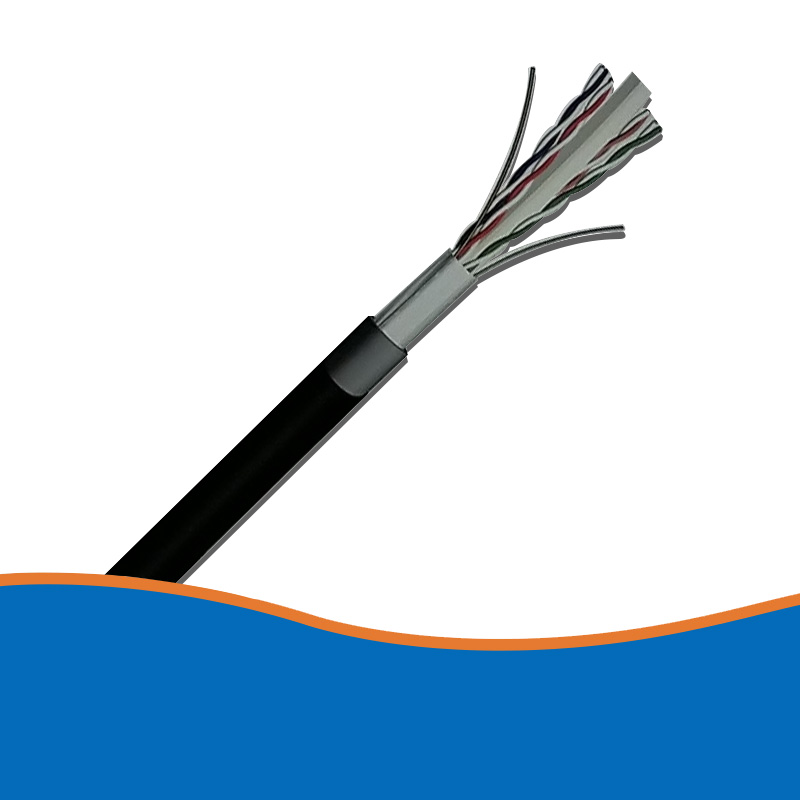The difference between wire and cable Wires are general […]
The difference between wire and cable
Wires are generally used for conductive metal wires that carry current. There are various forms such as solid, stranded or foil woven. According to the insulation status, it is divided into two categories: bare wires and insulated wires. A cable is an insulated wire composed of one or more mutually insulated conductive cores placed in a sealed sheath. A protective covering layer can be added to transmit and distribute electric energy or transmit electrical signals. The main difference between it and ordinary wires is that the cable size is larger and the structure is more complicated. The difference between wire and cable is that the size of the wire is generally small and the structure is relatively simple, but sometimes the cable is also classified as a broad wire.
A cable is a multi-conductor cable made by insulating and bundling multiple single wires together to form a whole, then armored, such as adding steel cables, and then covered with a protective layer, called a cable. Power cables generally refer to outdoor overhead cables or outdoor overhead bare-wire cables. Wires and cables generally refer to rubber-sheathed cables or cables that use temporary electricity. The wire is composed of one or several soft wires, and the outer covering is covered with a light soft sheath; the cable is composed of one or several insulated covered wires, and the outside is covered with a tough outer layer made of metal or rubber.
Cables and wires are generally composed of three components: core wire, insulating sheath and protective sheath.
The characteristics of commonly used cables are as follows:
CEF-Ethylene-propylene rubber insulated neoprene sheath, flame-retardant power cable for ships.
CVV-PVC insulated, PVC sheathed flame-retardant power cable for ships.
Oxygen cabin wires often use BV, BX, RV, RVV series wires, of which:
BV——Copper core PVC insulated wire, long-term allowable temperature 65℃, minimum temperature -15℃, working voltage AC 500V, DC 1000V, fixedly laid indoors and outdoors, and can be laid in the open or in the dark.
BX—Copper core rubber insulated wire, with a maximum operating temperature of 65°C, for indoor use.
RV——Polyvinyl chloride insulated single-core flexible wire, the highest operating temperature is 65℃, the lowest operating temperature is -15℃, the working voltage is AC 250V, DC 500V, used as internal wiring of instruments and equipment.
RVV-copper core PVC insulated and sheathed soft wire, allow long-term working temperature 105 ℃, working voltage AC 500V, DC 1000V, used in humid, high mechanical protection requirements, frequent movement and bending occasions.
